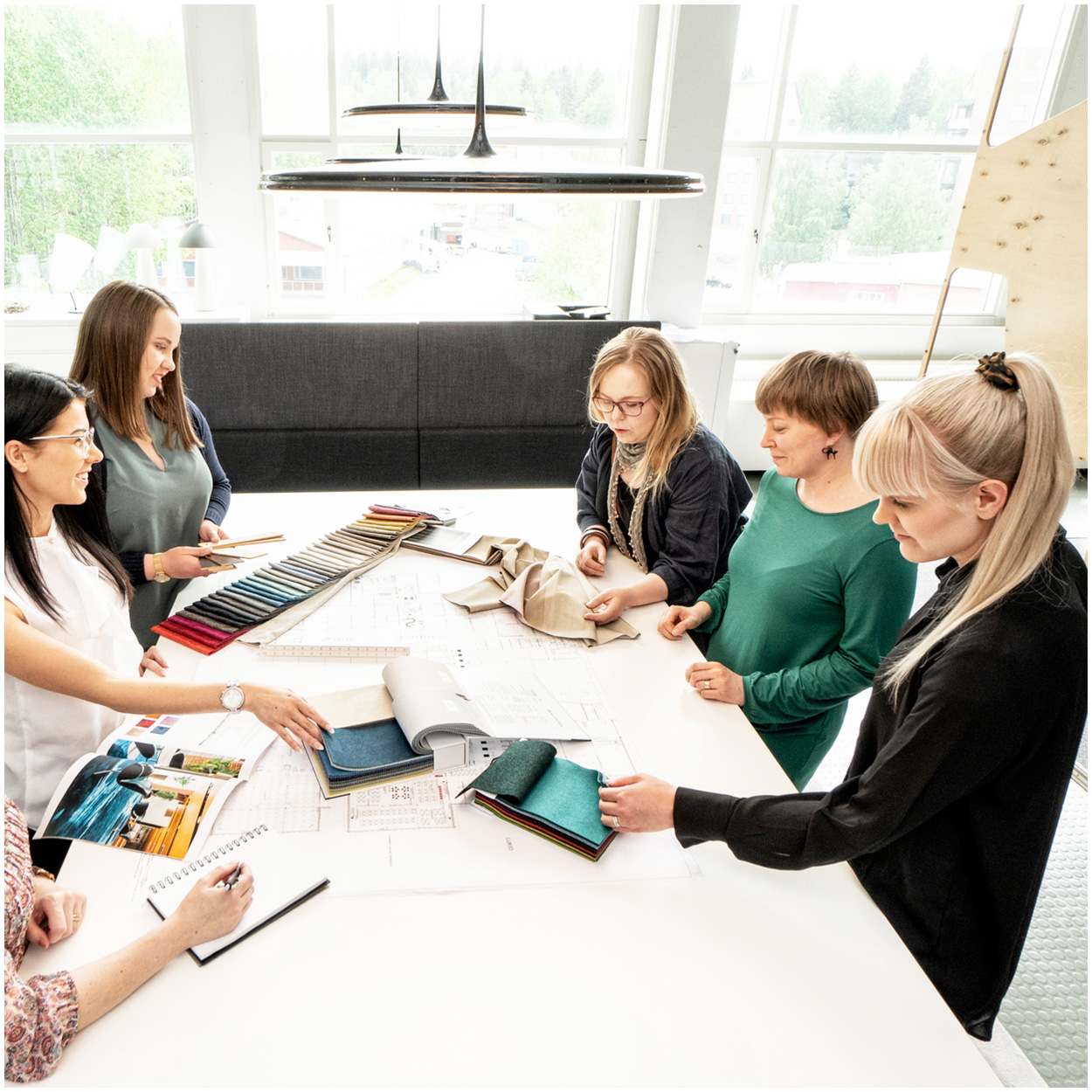School furniture plays a vital role in shaping learning outcomes. With the right furniture, schools can create environments that not only support but enhance the learning experience. But how exactly does the furniture we choose impact student performance, collaboration, and overall motivation? These are some of the questions we will explore as we delve into the world of school furniture solutions and their influence on educational settings.
How does ergonomic design enhance student performance?
Ergonomic school furniture is more than just a trend; it’s a crucial element in promoting student comfort and focus. By using ergonomic classroom chairs and desks, schools can ensure that students maintain proper posture, reducing physical strain and fatigue. This comfort allows students to concentrate better and engage more fully in their studies, leading to improved academic performance. Ergonomic student chairs, in particular, are designed to support natural body alignment, which can significantly enhance concentration and learning efficiency.
The design of ergonomic classroom furniture is grounded in the understanding of human anatomy and behavior. By accommodating diverse body types and learning styles, ergonomic furniture provides a supportive environment where students can thrive. In addition to boosting academic outcomes, this type of furniture has been shown to foster better classroom behavior and participation, as students are less distracted by discomfort.
Moreover, the use of innovative classroom furniture that includes adjustable and movable features further supports dynamic learning environments. This adaptability ensures that students can tailor their learning spaces to their individual needs, promoting autonomy and self-directed learning. As a result, schools investing in ergonomic solutions are likely to see a positive impact on both student well-being and educational achievement.
What is the relationship between flexible furniture and collaborative learning?
In today’s educational landscape, collaboration is key. Flexible school furniture solutions enable classrooms to transform into collaborative learning environments, encouraging interaction and teamwork among students. Movable classroom furniture, such as tables and chairs on wheels, allows for quick and easy reconfiguration of spaces to support various group activities and teaching methods.
Innovative school furniture designs facilitate a shift from traditional, teacher-centered instruction to more student-centered, interactive learning. By enabling different seating arrangements, such as circles or clusters, these flexible solutions create a setting that fosters communication and cooperation. Students can easily engage in group discussions, projects, and problem-solving activities, enhancing their collaborative skills and knowledge retention.
Furthermore, customizable furniture solutions allow educators to tailor learning environments to specific pedagogical goals. Whether it’s a science lab, art studio, or language classroom, adaptable furniture ensures that space supports the diverse needs of different subjects and teaching styles. This flexibility not only enhances student engagement but also prepares them for future collaborative work environments.
How does furniture quality affect the longevity and cost-effectiveness of educational investments?
Investing in high-quality school furniture is an essential consideration for educational institutions looking to ensure long-term cost savings. Durable furniture not only withstands the daily wear and tear of busy school environments but also reduces the need for frequent replacements, making it a cost-effective choice for schools.
Quality furniture solutions are designed to maintain their functionality and appearance over time, contributing to a consistent and inviting learning environment. This consistency is vital for creating stable and reliable spaces where students feel comfortable and focused. By choosing robust, well-constructed furniture, schools can minimize disruptions caused by maintenance issues, thereby supporting uninterrupted learning activities.
Moreover, selecting furniture that meets stringent safety and ergonomic standards protects students and staff from potential injuries, further underscoring the value of investing in quality. By prioritizing durability and safety, decision-makers in educational settings can ensure that their investments contribute positively to the school’s operational efficiency and educational goals.
What impact does furniture aesthetics have on student motivation and engagement?
The aesthetics of school furniture can significantly influence student motivation and engagement. An inviting and visually appealing classroom environment can inspire students to learn and participate actively in their education. Thoughtfully designed furniture that incorporates vibrant colors, interesting shapes, and modern materials can create an atmosphere that stimulates creativity and excitement for learning.
Inspiring learning environments are not only about functionality but also about creating spaces that students enjoy and feel proud to be part of. When students feel good about their surroundings, they are more likely to be motivated and engaged in their educational activities. This positive association with their learning space can enhance their overall educational experience and lead to better academic outcomes.
Furthermore, aesthetically pleasing furniture can also improve the overall school culture by fostering a sense of pride and belonging among students and staff. Schools that invest in visually appealing and innovative classroom furniture demonstrate a commitment to creating a nurturing and dynamic educational environment, which can attract prospective students and staff, enhancing the institution’s reputation.
Conclusion
School furniture is a critical component of the learning environment, impacting everything from student performance and collaboration to motivation and engagement. By investing in ergonomic, flexible, and high-quality furniture solutions, educational institutions can create inspiring learning environments that support diverse teaching methods and student needs. Decision-makers should consider these factors when selecting furniture to ensure their choices contribute positively to long-term educational success. Ultimately, the right furniture can transform schools into dynamic spaces where learning thrives.


